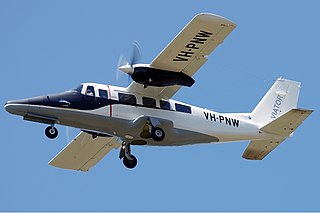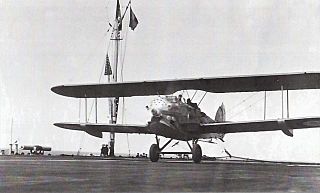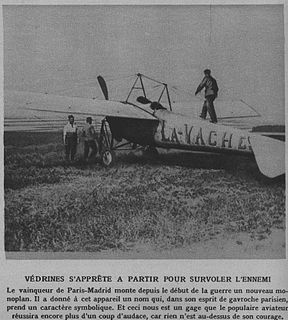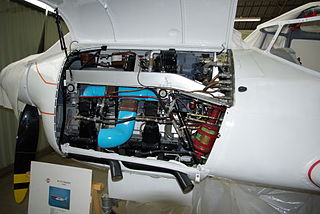
A Ferris wheel is an amusement ride consisting of a rotating upright wheel with multiple passenger-carrying components attached to the rim in such a way that as the wheel turns, they are kept upright, usually by gravity. Some of the largest modern Ferris wheels have cars mounted on the outside of the rim, with electric motors to independently rotate each car to keep it upright. These wheels are sometimes referred to as observation wheels and their cars referred to as capsules, however these alternative names are also used for wheels with conventional gravity-oriented cars.

The Curtiss Falcon was a family of military biplane aircraft built by the American aircraft manufacturer Curtiss Aeroplane and Motor Company during the 1920s. Most saw service as part of the United States Army Air Corps as observation aircraft with the designations O-1 and O-11, or as the attack aircraft designated the A-3 Falcon.

The Burj Khalifa, known as the Burj Dubai prior to its inauguration in 2010, is a skyscraper in Dubai, United Arab Emirates. With a total height of 829.8 m (2,722 ft) and a roof height of 828 m (2,717 ft), the Burj Khalifa has been the tallest structure and building in the world since its topping out in late 2008.

The Douglas Y1B-7 was a 1930s United States bomber aircraft. It was the first US monoplane given the B- 'bomber' designation. The monoplane was more practical and less expensive than the biplane, and the United States Army Air Corps chose to experiment with monoplanes for this reason. At the time the XB-7 was ordered, it was being tested by Douglas Aircraft as an observational plane.

The Douglas YOA-5 was an Amphibious aircraft designed for the United States Army Air Corps. Although a prototype was built, it did not enter production.

The Tower of the Americas is a 750-foot (230-meter) observation tower-restaurant located in the Hemisfair district on the southeastern portion of Downtown San Antonio, Texas, United States. The tower was designed by San Antonio architect O'Neil Ford and was built as the theme structure of the 1968 World's Fair, HemisFair '68. It was named as a result of a Name the Tower contest created by the executive committee. 68 people submitted the name the tower is now known by.

The Partenavia P.68, now Vulcanair P68, is an Italian six-seat, twin-engined, high-wing monoplane built by Partenavia and later Vulcanair. Designed by Luigi Pascale and originally put into production in 1972, it was intended for private or business use but has also seen use as both a training and a transport aircraft. It was originally named the Victor, although this name was not used for the production aircraft. The P.68 Observer, which was an Italian/German development, has a transparent nose for use in police work and observation duties.

The ANF Les Mureaux 110 and its derivatives were a family of French reconnaissance aircraft developed in the 1930s. They were all-metal, parasol-wing monoplanes that seated the pilot and observer in tandem open cockpits. The aircraft were widely used in the Battle of France, but were all scrapped soon thereafter.

The Nord 3400 Norbarbe was a French two-seat observation and casualty-evacuation aircraft built by Nord Aviation for the French Army Light Aviation.

The Levasseur PL.4, aka Levasseur Marin, was a carrier-based reconnaissance aircraft produced in France in the 1920s. It was a conventional, single-bay biplane that carried a crew of three in tandem, open cockpits. Purchased by the Aéronavale to operate from the aircraft carrier Béarn, it incorporated several safety features in case of ditching at sea. Apart from small floats attached directly to the undersides of the lower wing, the main units of the fixed, tailskid undercarriage could be jettisoned in flight, and the underside of the fuselage was given a boat-like shape and made watertight.

The Lioré et Olivier LeO H-43 was a reconnaissance seaplane produced in France in the 1930s. It was a strut-braced, mid-wing monoplane of largely conventional design, provided with an observation balcony underneath the fuselage. It was designed to be launched by catapult from warships and, after a first flight in 1934, trials were conducted on board Commandant Teste.

The Farman F.110 was a French two-seat artillery observation biplane designed and built by the Farman Aviation Works.
The Dewoitine HD.730 was a prototype French reconnaissance floatplane of the 1940s. It was a single-engined, low-wing monoplane that was designed as a catapult-launched reconnaissance aircraft to operate from warships of the French Navy. Two flew in 1940, and a third aircraft was built to a modified design in 1941, but no production followed.
The SNCAO 200, sometimes written CAO.200, was a prototype French single seat fighter aircraft of the 1930s. It was a single engined monoplane intended to compete with the Dewoitine D.520, but was unsuccessful, only a single example being built.

The Wright Model D was built to sell to the United States Army for an observation aircraft. It was similar in design to the Wright Model R with a 6-60 motor. The Model D could fly 66.9 mph and climb 525 feet per minute, but its excessive landing speed discouraged the Army from ordering more.
The Caudron C.880 was a high-wing monoplane of all-metal construction, observation/artillery liaison aircraft built by Caudron in the early 1940s.

The Blériot XXXVI Torpille was an observation monoplane designed in France by Louis Bleriot during the early 1910s. The Blériot XXXVIbisLa Vache was operated by Jules Védrines on several daring missions behind enemy lines in the early months of the war.
The Bleriot XXXIX was an single-seat observation monoplane designed in France by Louis Bleriot during the early 1910s.
The Bleriot XL was an two-seat observation sesquiplane designed in France by Louis Bleriot during the early 1910s. Its structure was made of metallic materials.
The Bleriot XLIV was an single-seat observation monoplane designed in France by Louis Bleriot during the early 1910s.














